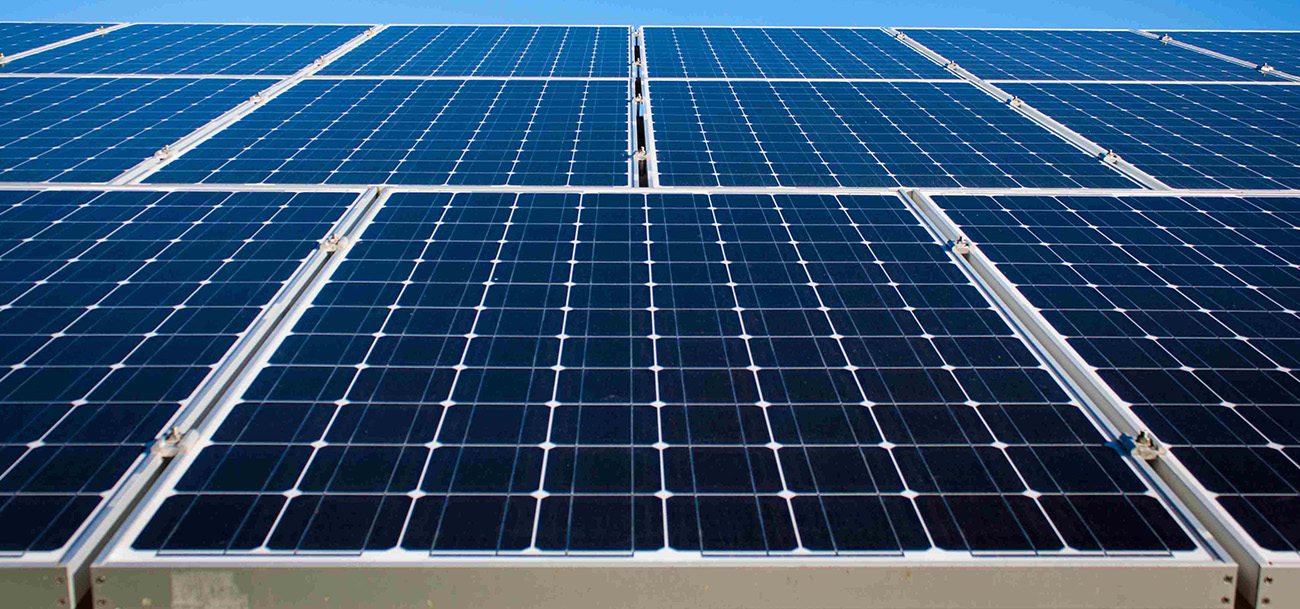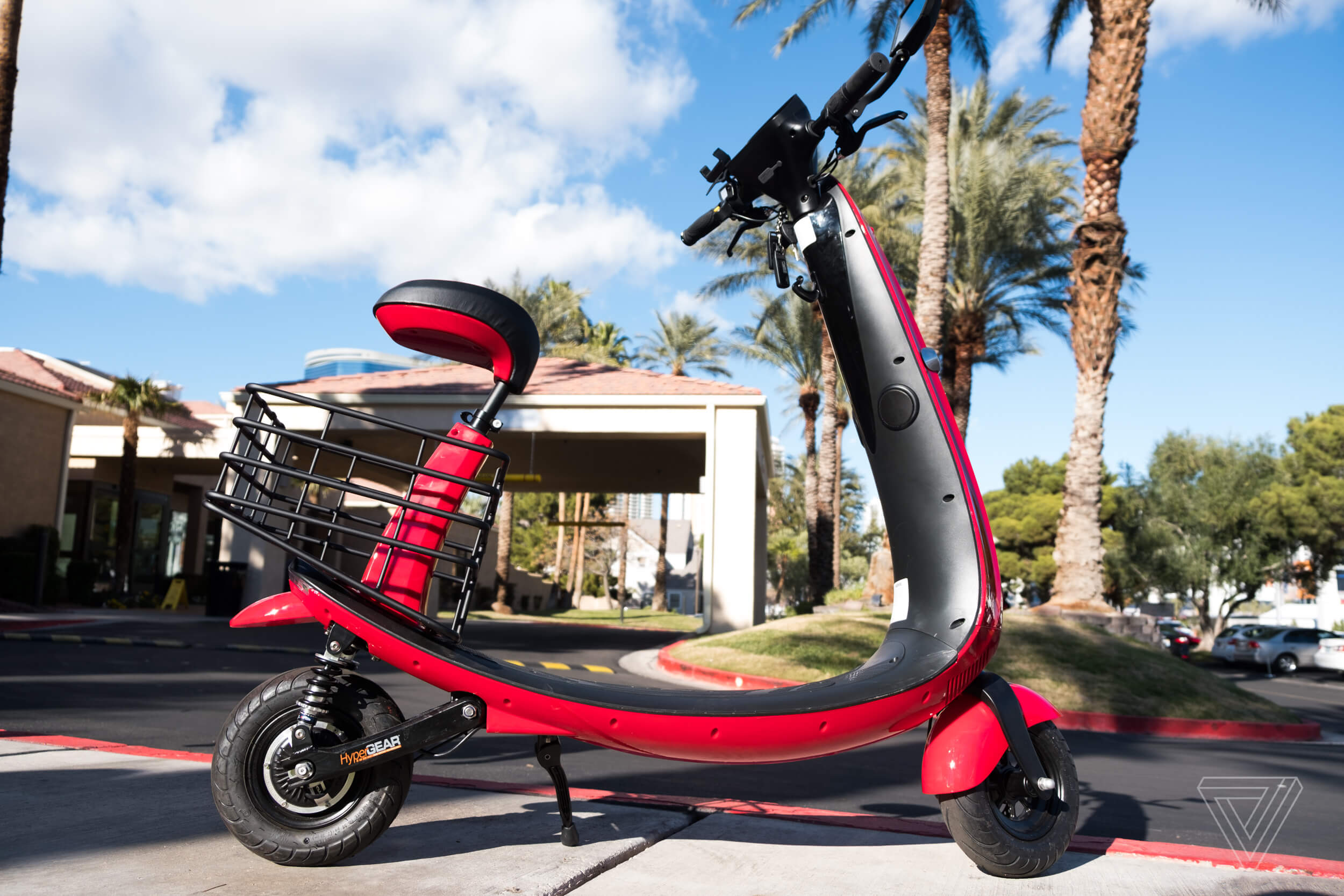
How Do Solar Panel Rebates and Tax Credits Work?
Solar energy has ballooned in the United States in recent years. The Solar Energy Industries Association estimates that the installed capacity can power close to 10 million homes. Have you decided to join the bandwagon in 2018?
Before coming to such a conclusion, you must have done your calculations in regards to financial and clean energy benefits. The financial consideration covers a wide range of issues such as cost of solar installation, cost of electricity in your state and solar tax credits/rebates available.
If you ever wondered how solar tax credits and rebates work, we are going to have a rundown of the two in this article.
There is no big difference between tax credit and rebates. The biggest difference between the two is the frequency with which they come. Credits are temporary, but with their renewable nature, they can last several years. On the other hand, tax rebates are rarer. The government usually offers rebates only upon the approval of the lawmakers. A good example of a rebate is the 2008 economic stimulus package during the tenure of President George W. Bush.
The Federal Solar Tax Credit
The Federal government offers a tax credit whose effect is a reduction of a solar system net cost by 30%. That means that if you install a $15,000 system, you can be eligible for a tax credit of up to $4,500. Unfortunately, there are plans to start scaling down this program in 2020.
Nevertheless, the solar tax credit remains one of the most effective government policies in the solar energy area. SEIA defines the tax credit as a dollar-for-dollar reduction of taxes that the person or entity would otherwise have to pay the government.
Both residential and commercial properties are eligible for the credit as long as they pass certain eligibility criteria. Something interesting will happen in 2020. Credit will fall to 26%. After falling further to 22% in 2021, credit for utility and commercial installations will fall to 10% while that for residential properties will end in 2022. That is the sad truth about the dying solar investment tax credit.

Other Incentives and Rebates
There are other incentives and rebates, available mostly at the state level. They include:
- LADWP Solar Incentive Program
- CPS Energy Solar PV Rebate Program, San Antonio, TX
- Sales and Property Tax Exemptions
- Boulder, Colorado Solar Rebate
- State and utility performance based incentives (PBIs)
- Utility, state and local rebates
Rebate programs provide the homeowners with cash rebate the successful installation of solar energy system. While these rebates vary from state to state, they tend to be based on a system’s production capacity.
You can get more details about these programs as offered by your utility or state by visiting Database of State Incentives for Renewables and Efficiency (DSIRE) website.
Some of the states that are offering solar tax credits are Arizona, Massachusetts, New York and South Carolina.
Utilize the incentives while they last
Do not expect these incentives to last for a long time. In recent years, we have seen credits expire in North Carolina, Iowa and Kentucky. The ITC is particularly necessary for anyone installing solar. This credit is expected to continue promoting lower solar prices, but for a limited period.
To Sum Up
Solar rebates and tax credits can make a solar PV system a significantly cheaper. These financial incentives are available at all levels of government. The most impactful incentive is the federal solar tax credit, as it can be seen from the tremendous growth of the industry since its inception.
If you are planning to install a residential solar energy system, do yourself a favor by finding out your eligibility for various financial incentives.
You can checkout this model featured by our editors










